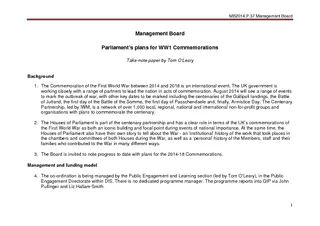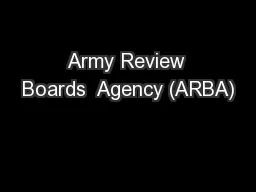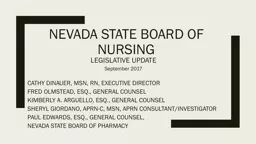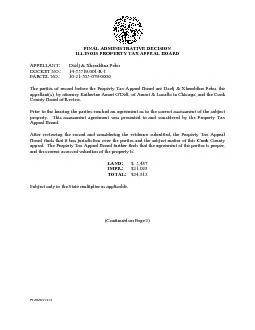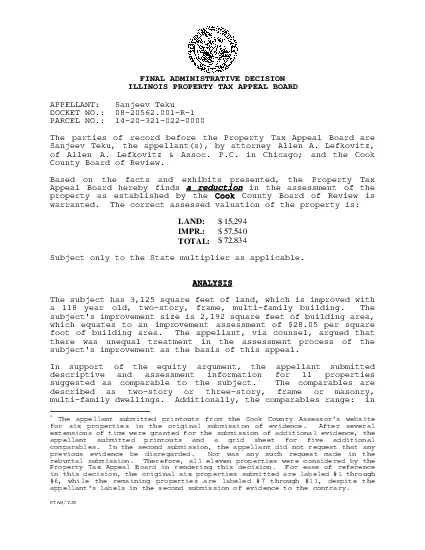PPT-Board Review
Author : phoebe-click | Published Date : 2016-05-23
Shock Emergent Disorders in Critical Care Shock Decreased tissue perfusion inadequate O2 delivery tiessue ischemia Common Clinical Features of Shock 1 HYPOTENSION
Presentation Embed Code
Download Presentation
Download Presentation The PPT/PDF document "Board Review" is the property of its rightful owner. Permission is granted to download and print the materials on this website for personal, non-commercial use only, and to display it on your personal computer provided you do not modify the materials and that you retain all copyright notices contained in the materials. By downloading content from our website, you accept the terms of this agreement.
Board Review: Transcript
Download Rules Of Document
"Board Review"The content belongs to its owner. You may download and print it for personal use, without modification, and keep all copyright notices. By downloading, you agree to these terms.
Related Documents


